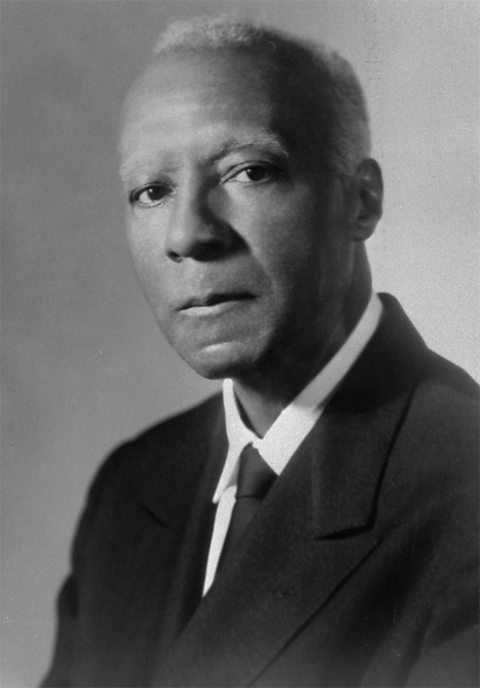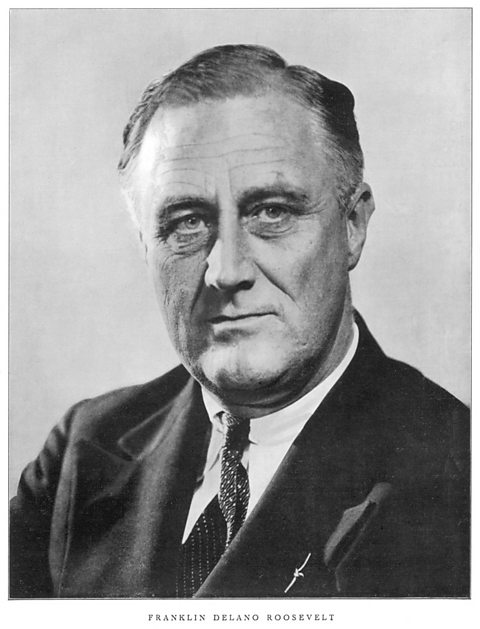Growing demand for civil rights after 1945
Reason for growth
The 1940s was an important decade in the campaign for civil rights. Many of the events that occurred in the 1950s and 1960s took inspiration from developments in the 1940s.
Asa Philip Randolph

Asa Philip Randolph founded and became the leader of The Brotherhood of Sleeping Car Porters (BSCP), an African-American trade union.
Randolph and his fellow porters were low paid, worked long hours and had to rely on passengers tips to supplement their income.
The portersÔÇÖ employers, The Pullman Company, refused to listen to their concerns despite the BSCP membership numbering 10,000.
In 1937 the Pullman Company entered negotiations with the BSCP and improved pay and conditions were won. Randolph demonstrated that African Americans could affect a positive difference to their lives.
He went on to be a prominent campaigner for equality during World War Two.
The 'Double V' campaign and Executive Order 8802
Many African-American servicemen in the US military supported the Double V campaign during World War Two. They worked hard to achieve victory over Nazi Germany but also demanded civil rights at home in the USA.
Randolph called for equality in the defence industry and the US military. He threatened a mass demonstration in Washington unless his demands were met.

Randolph and other black leaders met President Roosevelt, voicing their concern that African Americans were not benefiting from the expanding number of defence jobs.
Roosevelt recognised that he would need the support of the African Americans, as it was becoming increasingly likely the USA would become involved directly in the war. Due to this, he issued Executive Order 8802.
This Presidential Order stated that, There shall be no discrimination in the employment of workers in defence industries and in government, because of race, creed, color, or national origin.
The Congress on Racial Equality
The Congress on Racial Equality (CORE) was formed in 1942 by James Farmer.
CORE experimented with the use of non-violent protest as a means of gaining publicity for increased civil rights.
In 1943, they used this tactic when staging their first ÔÇśsit-inÔÇÖ in a Chicago restaurant.
CORE supported a ÔÇśJourney of ReconciliationÔÇÖ through Southern states in 1947 to test the Supreme Court decision banning segregation on interstate transport.
The emergence of CORE and their use of non-violent protest inspired the more famous sit-ins and Freedom Rides (1961)Bus rides taken in 1961 by African American and white civil rights activists through the Southern states of America, where federal laws banning the segregation of public buses were being ignored. These protest rides provoked violent reactions from local citizens and police forces but succeeded in raising awareness of the situation worldwide. of the early 1960s.